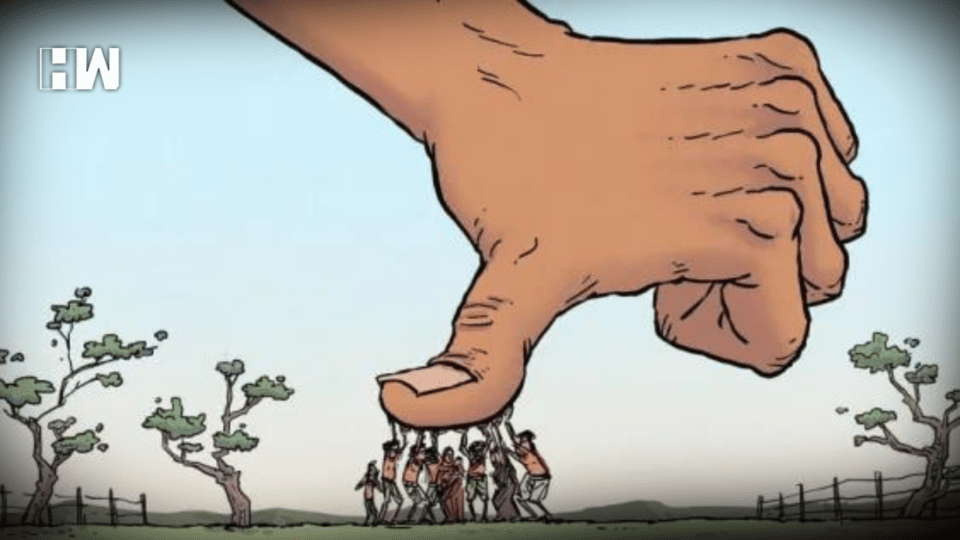The report states that 3 out of 5 articles published in Hindi and English newspapers are written by General caste authors
New Delhi: About 90% of higher positions in the Indian Media are occupied by the upper caste people. Not even a single Dalit or Adivasi heading Indian mainstream media, according to a new report.
The second edition of Oxfam India-Newslaundry’s Report ‘Who tells our stories matters: Representation of Marginalised Caste Groups in Indian Media’ stated that 90% of leadership positions in Indian media houses are occupied by General caste groups with no Scheduled Caste (SC) or Scheduled Tribe (ST) heading mainstream media outlets.
The report is released at The Media Rumble, South Asia’s largest news media forum. The report states that 3 out of 5 articles published in Hindi and English newspapers are written by General caste authors. The report also stated that marginalized castes (SC, ST, or OBC) authors only contribute to around 1 out of 5 articles.
Out of 121 newsrooms in 106 the leadership positions – editor-in-chief, managing editor, executive editor, bureau chief, input/output editor – across the newspapers, TV news channels, news websites, and magazines under study – are occupied by upper caste people. Five out of 121 are occupied by other backward classes, and six by people from minority communities. The case of four individuals could not be identified.
Out of a total of 40 anchors for Hindi stations and 47 for English channels, three out of every four discussion anchors are upper caste. None of them were Dalits, Adivasis, or members of the OBC. “The majority of the panelists for news stations’ primetime discussion programs—more than 70% of them—come from the upper castes. Only 5% of all articles in English-language newspapers are written by Adivasis and Dalits. Hindi newspapers perform marginally better, at roughly 10%, “It read.
Also Read: Justice DY Chandrachud Asks To Incorporate ‘Feminist Thinking’ In Dealing With Law
Only 10 of the 972 pieces featured on the cover pages of the 12 magazines under examination are about caste-related concerns, according to the analysis. Around 72% of articles with author names on news websites are written by persons from the upper castes.
Amitabh Behar, CEO of Oxfam India said that Indian Media Houses continue to fail in creating an enabling environment for Dalits, Adivasis, and Bahujans. He said, “Our second report in three years continues to show that newsrooms in India are not an inclusive place for marginalized communities in the country. The leaders of media organizations across all platforms continue to fail in creating an enabling environment for Dalits, Adivasis, and Bahujans.”
“The media in the country needs to uphold the constitutional principle of equality in not just its coverage but also in its hiring practices,” he added.
The study looked at the coverage, socioeconomic background of the leadership, and caste makeup of the journalists working for the organizations at 43 Indian print, TV, and digital media sources.
As an independent media platform, we do not take advertisements from governments and corporate houses. It is you, our readers, who have supported us on our journey to do honest and unbiased journalism. Please contribute, so that we can continue to do the same in future.

